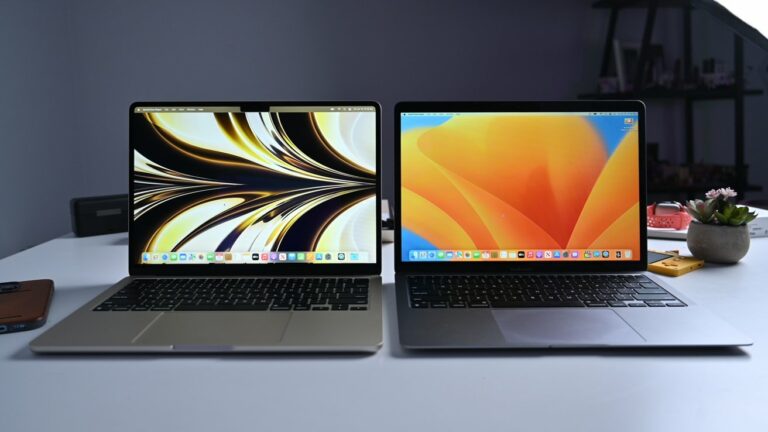A brief history of the multimeter – how it appeared and who its creators are
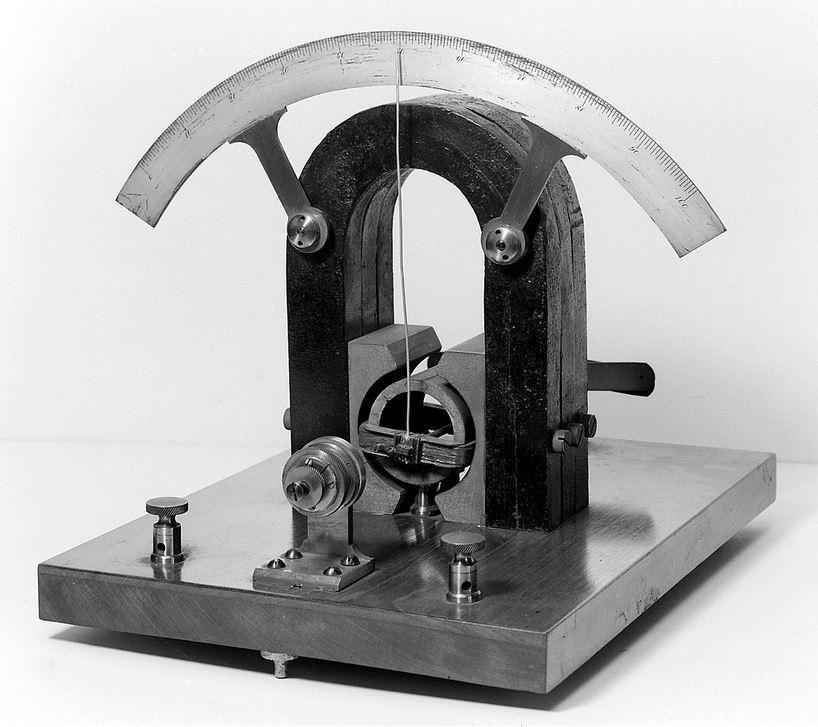
The forerunner of the multimeter – the galvanometer
Many of us use a multimeter almost every day – for work or in the course of implementing some hobby projects. There are simple multimeters that measure only current and voltage. There are very sophisticated instruments that seem to be capable of measuring anything.
It is clear that multimeters are a relatively new class of devices, since the massive distribution of electricity in industries and in homes started a little over a century ago. Accordingly, devices capable of measuring the parameters of electric current in networks did not become widespread at once. Let’s see who was involved in the invention of multimeters and how they became popular.
The very first
Everything began about two centuries ago. The first in a series of important events was the Danish scientist Hans Christian Oersted. Any student knows about one of his discoveries. So, Oersted passed a current through a conductor, and placed a ship’s compass next to it. As soon as the current was turned on, the compass needle deviated from its normal position. So not only induction was discovered, but also the magnetic field. True, these terms themselves appeared later.
Why a galvanometer? The name of the device came from another person – Luigi Galvani. He not only engaged in experiments with conductors, but also studied electrical phenomena during muscle contraction in organisms. Again, the experience known to all physicians, when the muscle begins to contract when electricity is applied to the prepared limb of the frog, was first described by Galvani. Accordingly, the term “galvanism” appeared – initially it was just muscle contraction under the influence of current.
And finally, Michael Faraday discovered electromagnetic induction and was able to explain this phenomenon. By the way, Faraday made his discovery simultaneously with Joseph Henry, but it was Faraday who was the first to describe the results of the experiments. By the way, Faraday has already used a galvanometer.
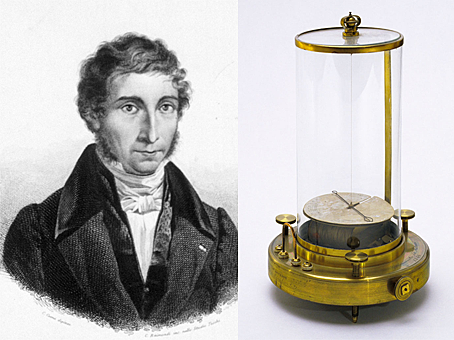
The most sensitive and reliable device for its time, which is called an astatic galvanometer, created Leopoldo Nobili in 1825. The scientist presented it in 1825 at a meeting of the Modena Academy of Sciences.
Over the course of 200 years, engineers and scientists have developed a wide variety of galvanometers. According to the principle of action, they can be divided into:
- Magnetoelectric, electromagnetic.
- Tangential.
- Thermal.
- Mirrored.
Okay, but what about the multimeter?
Multimeters appeared already in the XX century, at the very beginning – then not only radio receivers, but also other devices began to appear en masse. The inventor of the multimeter is believed to be the post office engineer of the Royal Mail of Great Britain, Donald Makadi. According to the records of the engineer himself, he was very tired of having to carry several devices with him to measure the characteristics of the networks of that time.
And it can be understood. Below are photos of the voltmeter and ammeter, the models were developed and used around that time. By the way, the source of the photos is interesting site with photographs of the mass of measuring devices, radios, etc., used decades ago.
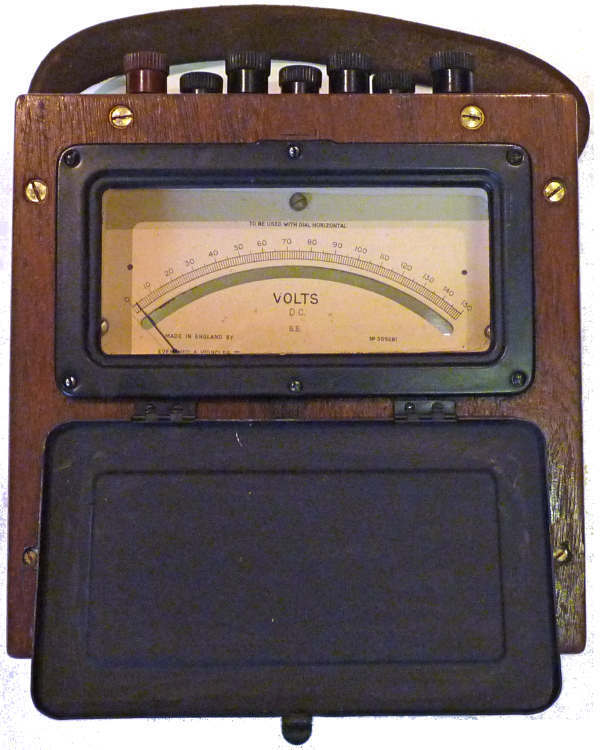
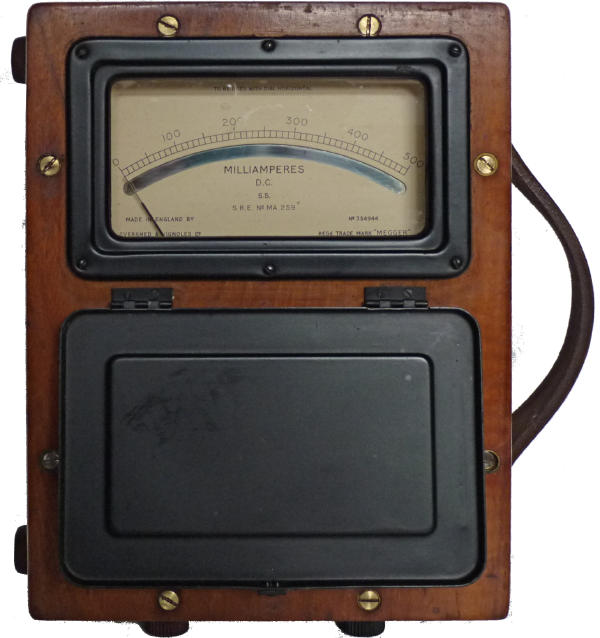
Therefore, he developed a universal device capable of obtaining data on voltage, current and resistance. At the same time, the name “multimeter” did not appear immediately – the engineer himself called his device “Avometer”.

After just three years, the efforts of an entire factory belonging to the Automatic Coil Winder and Electrical Equipment Company (ACWEEC) were thrown into the production of such devices – they became so popular.

Over time, not only bulky “suitcases” appeared, as in the pictures and photographs above, but also pocket models. The pocket multimeter did fit in the pocket, there is no cheating here.

Their functionality was less, the accuracy was lower. The case had to be connected to the minus, which caused a large number of cases of electric shock. Such “watches” were unsafe. The measurement results were very rough. Nevertheless, in most cases, their capabilities were enough with their heads.

By the way, the price of the devices at $ 17-31 was not low. Then the value of the dollar was completely different. With current money, this is about $ 300-500, so either companies or wealthy engineers, scientists, etc. could purchase avometers.
A little later, vacuum tube multimeters appeared. It allowed for accurate measurements of the characteristics of circuits where high input impedance is required. These devices did not place significant stress on the circuit under test.
The avometer company became very successful. In the 1930s, when copper oxide rectifiers were introduced, multimeters became even more sophisticated. For many years, AVO has been a leader in the development of multimeters capable of measuring AC voltage and current, as well as resistance and common DC current ranges. By 1965, the company had sold over 1 million auto meters.
There were, of course, and other manufacturers, most of which appeared after the 30s. Below is a photo of a Supreme multimeter used by the US Army in the 1940s.

A little later, multimeters with digital displays appeared. The first was developed and went on sale in 1953.
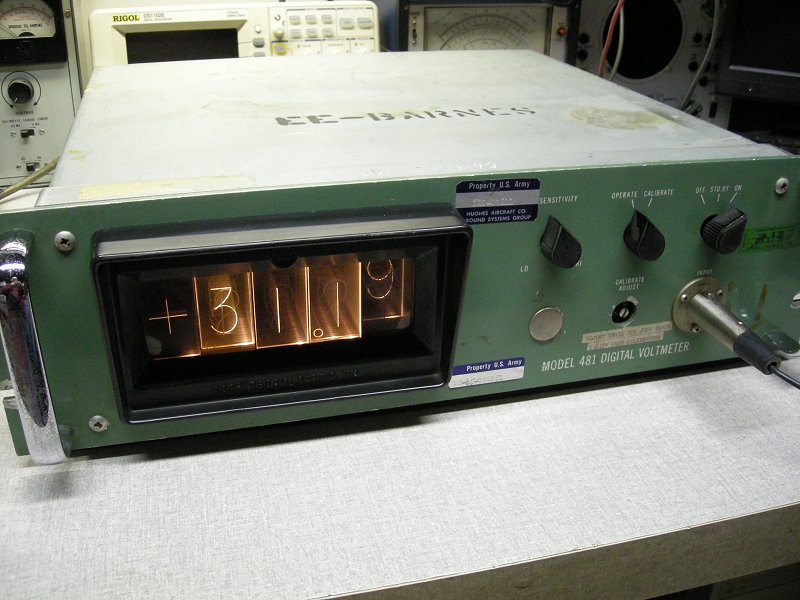
Here Soviet multimeters – model Ts20 produced in 1958 and 1972. The latter received a polystyrene case and six voltage measurement limits instead of five.

Ts-20 made it possible to measure:
- resistance up to 500 kOhm;
- DC voltage up to 600 V;
- AC voltage (50 Hz) up to 600 V;
- DC current up to 750 mA.
But the 1967 model, the horse was named NLS X-2 DMM.
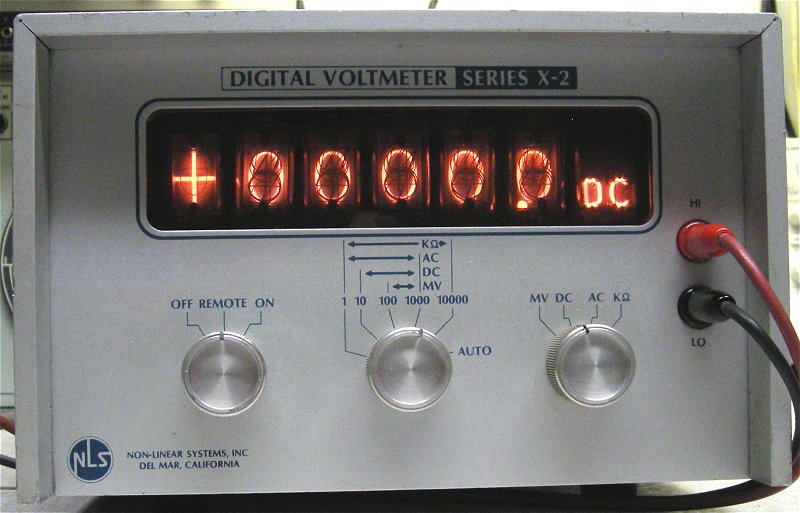
The next model, 1975, already looks quite modern. Probably some companies are still releasing something similar.

And here is the model that was released in the early 80s. Here, in general, there are almost no differences with modern devices – there is even a “buzzer”, which allows you to quickly detect a short circuit.

The accuracy of the multimeters is very high. Almost nothing has changed since the 70s of the last century. Below, in the photo, is a comparison of the measurement results of multimeters of the same manufacturer, starting with the 70th model and ending with 2013.

Well, Habr’s readers are certainly familiar with more modern multimeters. By the way, tell us what models do you use and why you can recommend them?



